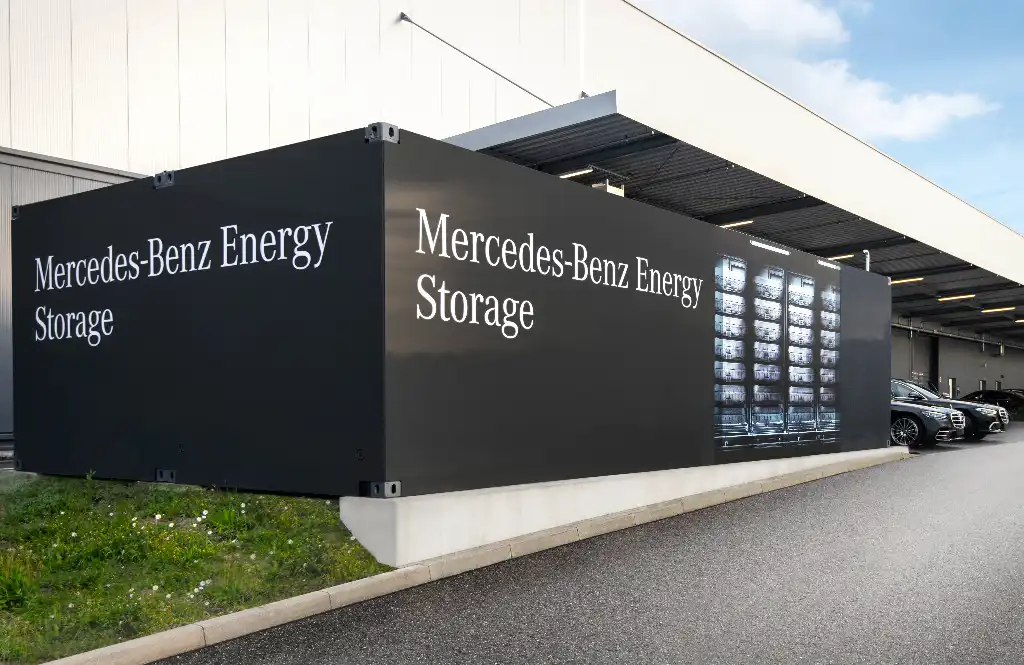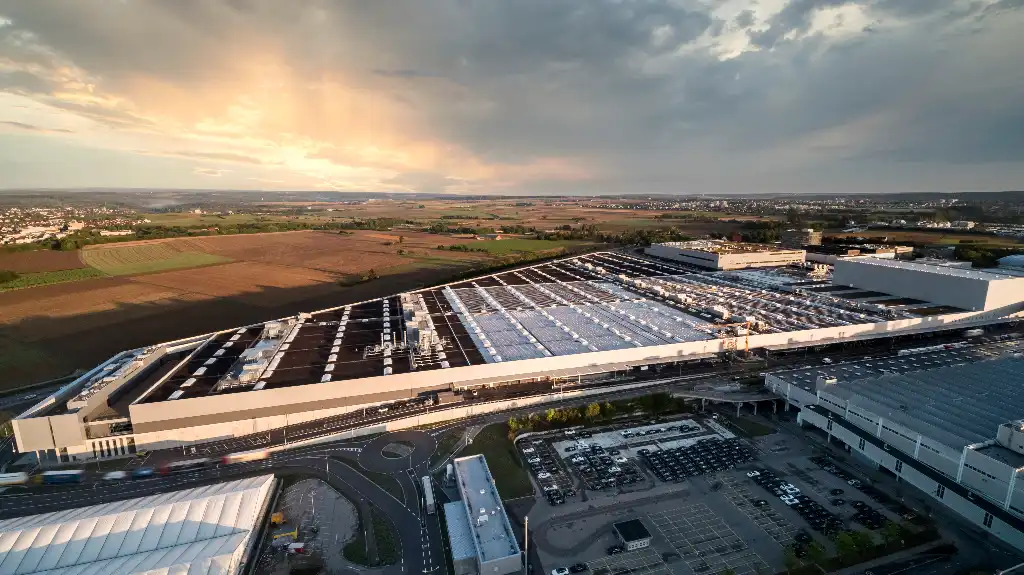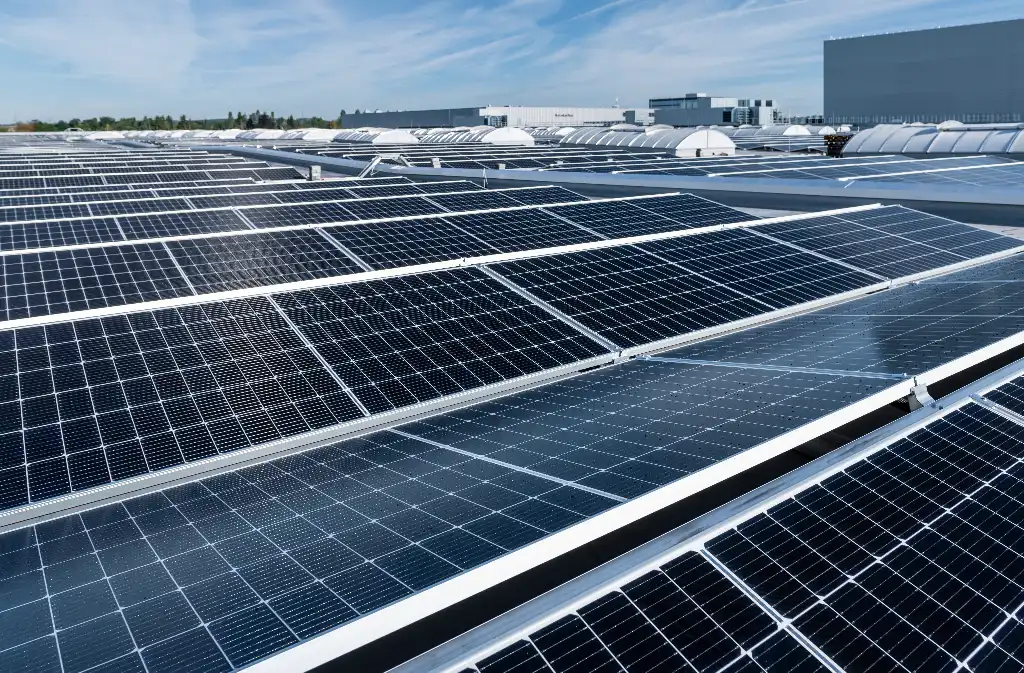
The hidden costs of electrification are well documented, and we’re not talking about the nasty shock from your energy supplier when the monthly statement lands. Extracting rare raw materials from the earth using methods that not only scar the landscape but often pollute local water courses and other vital animal habitats has long been the secret shame of our quest for Net Zero.
Doing so in some of the most impoverished countries in the world with a labour force too young to attend your nearest high school has been another stain on the business of building batteries whether they’re for electric vehicles or consumer electronics. Like all large companies, Mercedes-Benz knows this and as a result its latest Mercedes-Benz eSprinter will be free from cobalt and nickel to lessen the impact of its production but as a whole the brand is pushing towards a cleaner future. The Ambition 2039 sustainable business strategy is an overarching aim to make its car and van production CO2 neutral over the entire life of the vehicle. That means a fully electrical vehicle that has had its entire CO2 output in production either neutralised or offset.
The vision begins in earnest in 2025, when all newly launched vehicles will be electric only, but the process has in fact already begun with electric versions of all models now present in the range. Mercedes estimates the total investment in electric vehicles between 2022 and 2030 will surpass €40bn.
There reductions in CO2 begin at the point of manufacture where steps have already been taken to produce CO2 neutral vehicles with new plants designed to allow this using innovative energy concepts including photovoltaic systems, DC power grids and energy storage systems based on reused vehicle batteries.
“We talk about our own green electricity efforts in our production for example. We are already CO2 neutral this year, but of course not totally without doing a [CO2 offset] contribution where we are not capable to do it otherwise. But by increasing the green energy production on site ourselves, we can get those substitutions in other ways, getting emissions down and being like real CO2 neutral in our in our production,” explains Marcel Minter, Mercedes-Benz Vans head of business and product strategy.

“What is the crucial part for us is that our vans are actually shaping the cityscape. We are aware that our vehicles are important in terms of mobility but many people just think of them as courier and parcel vehicles. If you look at those vehicles, we have refrigerated, bringing goods to restaurants and kindergartens, we have ambulances, we vehicles taking engineers to your house to repair your washing machine. We are talking a lot about banning vehicles from the city, but we say that's not the solution – at least not for our vans, because we believe strongly in individual mobility and we want to contribute to that. We want to show what is already possible today and what will be possible in the future because our vans have a role to play,” Minter continues.
From harvesting solar energy on production site roofs, through to recycling everything from wastewater to giving batteries a second life, Mercedes-Benz Vans is looking to minimise its environmental impact and utilise self-made green energy, whilst still producing a vehicle that meets the demands of its customers.
A recent technological study vehicle called the Mercedes-Benz Sustaineer (a portmanteau of ‘sustainability’ and ‘pioneer’) explored the numerous possibilities of a greener Sprinter van.
From its cast iron brakes with a ceramic coating to reduce the amount of fine particulate emissions, to its use of sustainable materials (natural straw) in the bulkhead, Mercedes is thinking outside of the box for future materials and their applications. The concept also underlines the fact that improving city air quality will not come from emissions alone.
“We wanted to show that sustainability is much more than just EVs and CO2 reduction,” continues Minter. “We took the current Sprinter as the technical basis and we have added a lot of sustainable features in it to make that tangible. We have for example, just a simple one, added shelfing in the back, as the use case was for a courier and parcel vehicle, out of recycled material. The partner who did that shelving system, they started to think of sustainability in a totally new way with recycled plastic and now they offer their own [sustainable] shelving system. now. We have added solar panel, sustainable fabric and fillings for seats. That's how we think of sustainable logistics in the future.”
While recycled materials and renewable energy make a significant contribution to the production emissions of a vehicle, the ongoing output throughout the life of a van will invariably come under scrutiny. Zero emission vehicles ensure local CO2 emissions are negated but the problem of fine particulates remains and is becoming an increasing problem.
“Of course, another example is the fine dust pollution. Many people think that fine dust is caused by the engine, but it is the brakes, the tyres, and the recirculation from the street. What we did was reduce the fine dust emission of the brakes and the tyres, and then [develop a] systems to the front, into the underbody. By doing so we're capable to filter out between 50% to 200% of its own emissions, depending on the overall pollution. So, if you operate the vehicle in China, the area after it [the van] passed it's cleaner than before. This is awesome and is something we are now figuring out with the Austrian post – where we do a pilot and testing that filter system in real conditions. We wanted to try that in real driving condition. We're now figuring out step-by-step, which one of these ideas makes sense. And if that makes sense, is it a business case? In the end it's about making money, but especially in these sustainability features, we are convinced that they could be a huge differentiator in terms of our competitors. It's a good USP because we are, more or less, the only premier manufacturer in terms of vans and we set the standard over and over again in terms of safety, and in terms of connectivity, for example. Then we want to set the standard again in sustainability,” Minter explains.
While a giant under-bumper vacuum cleaner might sound a little far-fetched as a means of improving air quality, Mercedes is pushing the envelope in trying these things. Their use differing materials and innovative systems does set them apart from competitors. As a premium brand it is looking at ways of maintaining that uniqueness and through developing environmentally friendly and sustainable products it is setting itself apart.

“Perhaps there are some features where we don't make money with the option, but we are the only ones who can offer that to customers and the customers, in terms of sustainability, says okay, that is very important to me. Our target is to get as much sustainable features and materials in as possible, because otherwise we won't reach our Vision 2039. Our main approach is to get as much sustainability in as possible, as standard.”
Is it then possible that in the future we will see specific sustainable editions of Mercedes vans? Minter thinks not, but does concede it is perhaps something that would work in the passenger car market. Instead, for commercial vehicles, he says he would like to see sustainable materials and features being adopted across all models. “There could be a way that you mark those sustainability features. So, some materials that are sustainable, they are then not black, but green. That could be a way that people can show that they are thinking in that direction. But for it to work and be sustainable it has to be incorporated into all of the vans,” he adds.
A truly sustainable van may still be a long way off, but Mercedes is making big steps to improve its net CO2 outputs. From the factory to the product, Mercedes vans are not only speaking about ambitious targets but actively chasing them.
How to build a sustianable van
Mercedes' purpose-built Factory 56 might be being used to build passenger cars, but it lays out the blue print for how clean energy can improve production. The site uses solar panels on its roof and wind turbines in the area around the facility to produce green energy that is sufficienty enough to run the production line.
Waste is the enemy of sustainability. By reducing wasted materials as well as wasted time, the process of building a van has become more efficient. Greater efficiencies mean a more sustainable product.
We all know recycling is hugely important, but using recycled materials in the production of a van is not something you'd automatically think of. Mercedes-Benz Vans has been toying with the idea of using recycled plastic bottles in its vans. The plastic bottles are processed and the spun into a fine thread which is used to weave fabric for the seats. Other initiatives have included using plant-based fibres for items like shelving.
This is the big one. Remove the combustion engine and all of a sudden the van become less polluting over its lifespan. Providing the energy used to charge electric batteries is green, adopting electric drivetrains (and in future hydrogen, also produced from green energy) will see vans become much more sustainable across their life.